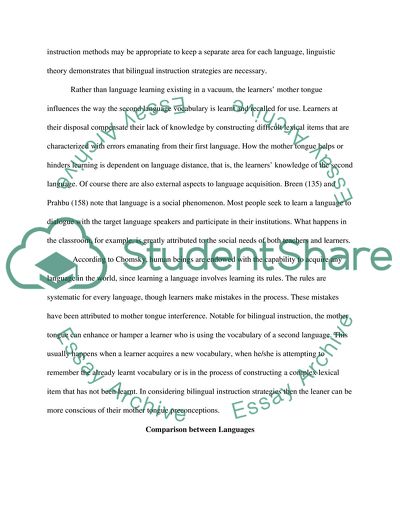Cite this document
(“The Role of the Mother Tongue in Second Language Learning Essay”, n.d.)
The Role of the Mother Tongue in Second Language Learning Essay. Retrieved from https://studentshare.org/english/1600976-revisions-for-essay
The Role of the Mother Tongue in Second Language Learning Essay. Retrieved from https://studentshare.org/english/1600976-revisions-for-essay
(The Role of the Mother Tongue in Second Language Learning Essay)
The Role of the Mother Tongue in Second Language Learning Essay. https://studentshare.org/english/1600976-revisions-for-essay.
The Role of the Mother Tongue in Second Language Learning Essay. https://studentshare.org/english/1600976-revisions-for-essay.
“The Role of the Mother Tongue in Second Language Learning Essay”, n.d. https://studentshare.org/english/1600976-revisions-for-essay.


